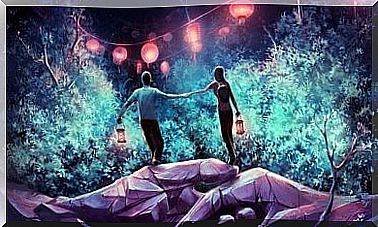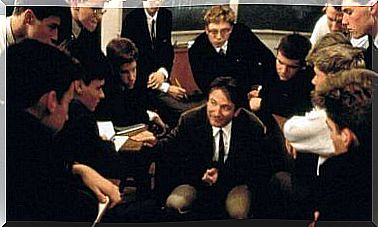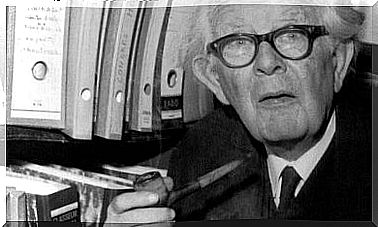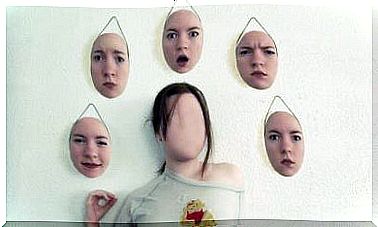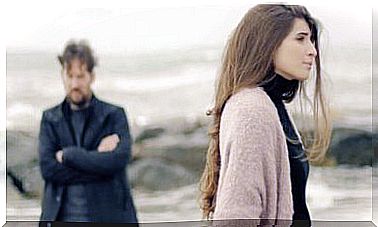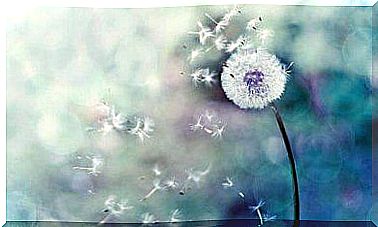What Is Natural Selection?
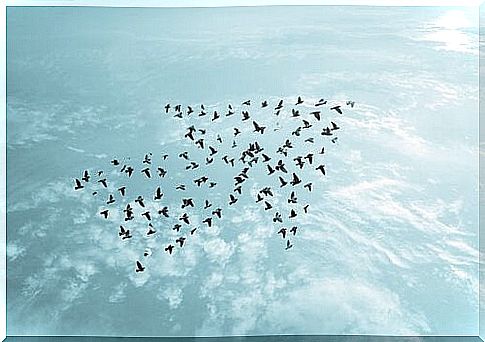
We have all studied or at least heard of Darwin’s theory of evolution. But do we understand what natural selection really means? If we were to ask the majority of the population about evolution, we would probably get answers such as: “this is what says that the human being comes from the ape”, “the survival of the fittest”, “the natural selection is a matter of animals, technological advances allow us to avoid it ”or“ evolution is when species are more and more adapted or developed ”.
The statements we have just discussed are full of errors which show that few people really understand what natural selection is. The central idea of Darwinian theory is that species adapted to their environment will survive and those which are not will disappear. But what does it mean to be adapted? Adapted refers to the ability of a species, in a particular ecosystem, to reproduce and ensure the survival of its species.
Many myths and errors have arisen due to the misinterpretation of this central idea. We will review, in the context of this article, those that are more common. We will speak and oppose: (a) natural selection as a linear process, (b) the differential adaptation of species and (c) natural selection as a struggle against all.
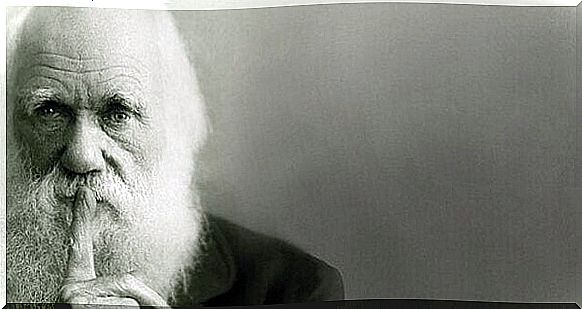
Natural selection as a linear process
One of the most common misconceptions is to see Darwinian evolution as a linear development of species. As if the species had changed generation after generation. 2.0, 3.0, 4.0, etc. Evolution is not about passing slides, one at a time. This error can be derived from the way of teaching the evolution of man as a succession of different hominids and not as a change of branch.
When it comes to understanding natural selection, the metaphor of a sieve is most apt. Many stones are thrown on this sieve, but only those with the ideal shape are selected, the rest is discarded. And then, over time, these stones, along with other new ones, are again thrown onto another sieve, where they are newly selected. In endless sieving, some stones remain and others disappear.
We human beings, along with the rest of living beings, play the role of these stones which are selected by the sieve in the middle. Thus, living beings that do not adapt to the context will disappear or will have to change their environment. And during this process mutations and changes occur in the species which can pass selection or simply remain in oblivion. An important nuance is the fact that the context varies over time, a species or individual adapted in the past may not be in the future, and vice versa.
The differential adaptation of the species
One of the most common and false phrases is that which says that “the human being is the best adapted animal on earth” or “we are at the top of the evolutionary pyramid”. If we go back to the definition of adaptation, we will see that it is to survive, to have offspring and that offspring survives; in short, to maintain existence (not to end the existence of others or to have the power to do so). In addition, we deduce that all the species that currently exist are also suitable, since either we exist or we do not exist, we cannot exist in greater or lesser quantity.
In view of this, many will allude to the great achievements of human beings or their high intellectual capacity, which would differentiate us from the rest of living beings. However, just as the cat used its claws to survive, so did humans through their intellect. Each species shows different qualities that allow it to survive, but they all survive.
It is true that the human being has built complex societies to achieve this, whereas a bacterium simply does it with due to its resistance and its high reproductive capacity. However, I like to resort here to the metaphor according to which the human being is seen as that student who goes to great lengths to pass his exams, while the bacteria is the student to whom it is enough to read the subject during the day. of the exam to be received. Ultimately, the numerical result for both is the same.
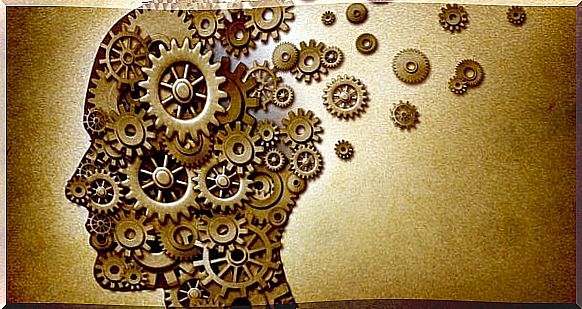
Natural selection as the struggle of all against all
Finally, we are going to talk about the myth of seeing natural selection as a struggle for existence or as the survival of the fittest. We must not forget that those who survive are those who adapt to their environment. If the context favors those who attack, they will survive; but if the context favors those who flee, they will be the adapted ones.
Hobbes said that “man is a wolf to man”, he believed that the human being, by nature, is a ruthless and selfish being who competes with his peers. However, it is only necessary to review the principles of natural selection and observe nature to understand that it does not make sense. Humans and the vast majority of species have been able to survive thanks to their mutual support. The ability to live, in society or in herds, in collaboration, makes it possible to better respond to the challenges of the environment.
I do not mean, however, that violence and competition do not exist; it has often been adaptive behavior. But we must keep in mind that wrestling is not the protagonist of natural selection. Simply, both struggle and mutual support are part of the repertoire available to species to cope with their environment and the difficulties that it can pose to them.

